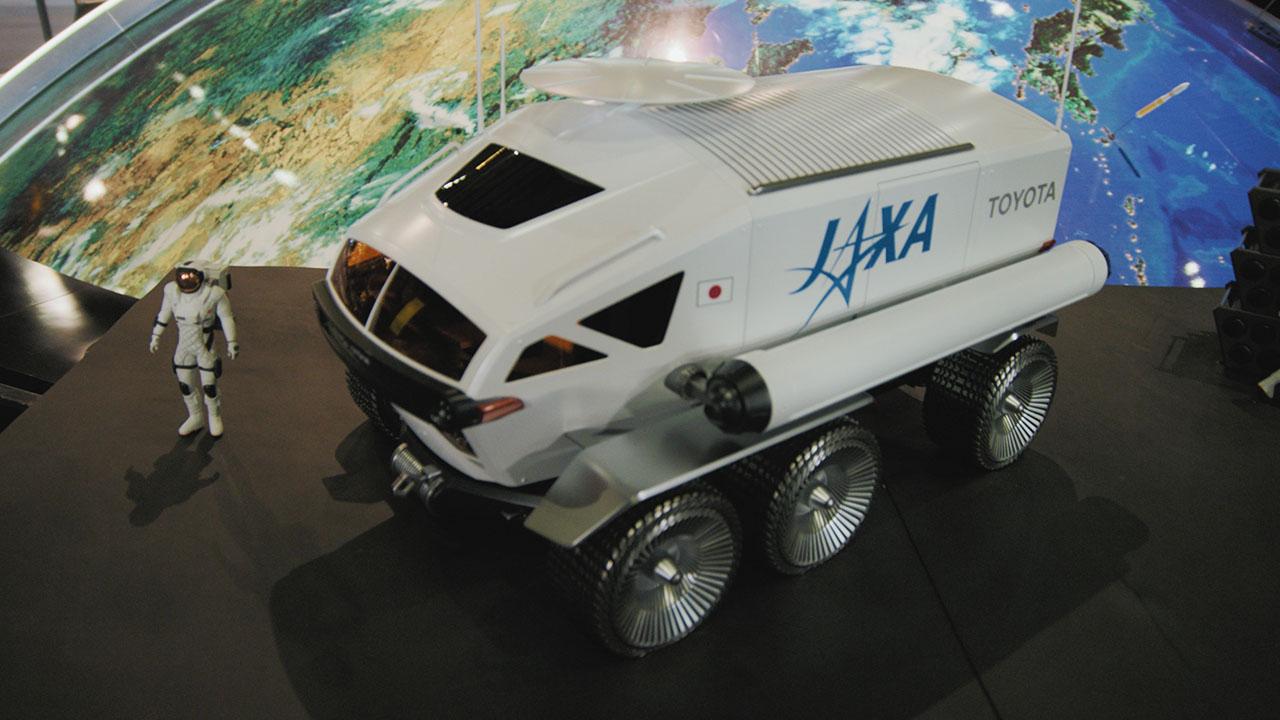
"Team Japan," a group of companies in Japan with JAXA and Toyota at the core, is working on a vehicle for a crewed mission to the Moon.
Toyota Times, launches his own mission to visit JAXA and learn more about the out-of-this-world vehicle.

Following JAXA and Toyota’s agreement last year to study jointly developing a pressurized crew lunar rover Toyota Times decided to learn more by planning a visit to the Japan Aerospace Exploration Agency (JAXA) Tsukuba Space Center. One of the questions he intended to pursue was why Toyota was planning to head to space even though there are still so many things that need to be dealt with on planet earth, such as its research and projects including autonomous driving, “CASE,” “Woven City” and so much. Toyota Times didn’t hesitate to ask this and other questions as he went to do his tour and interviews.
What type of vehicle will Toyota and JAXA develop?
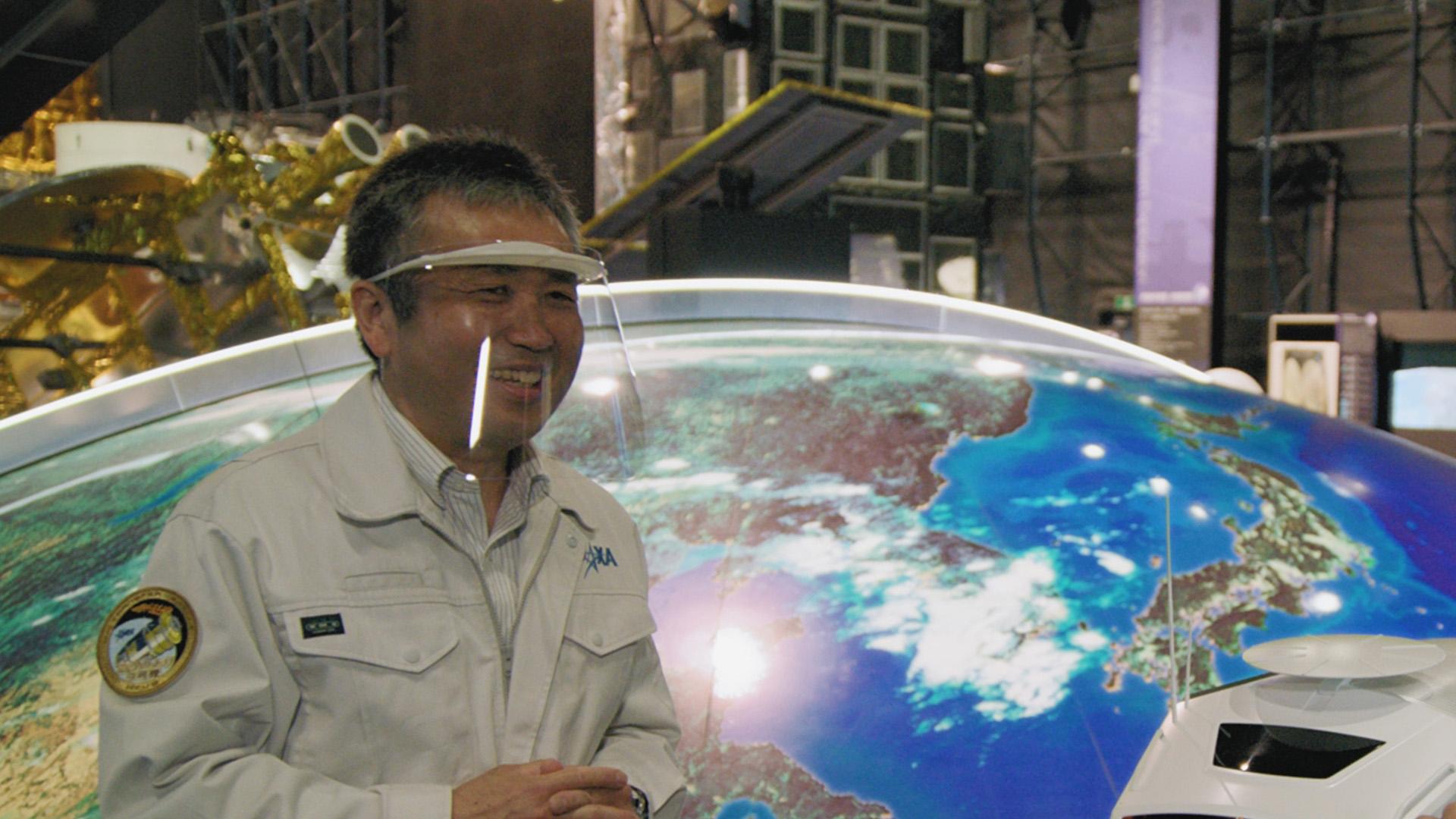
Dr. Wakata Koichi, a JAXA Senior Advisor and an astronaut himself, welcomed Toyota Times to the Tsukuba Space Center. Wakata is a specialist on outer space who has traveled to space four times on the U.S. Space Shuttle and the Russian Soyuz, and even stayed continuously in space for a period of more than six months during his longest stretch.
Was the Earth as blue as you’d expected?
Wakata:
Yes, and there were many shades of blue, from pale blue to deep indigo. Seeing it with my bare eyes, I was filled with awe and gratitude that we have been given this Earth as our wonderful home.
As recently announced, Toyota and JAXA are collaborating to develop a vehicle called a “pressurized crew lunar rover” that will join an international project to explore the Moon with crewed missions, placing humans once more on the surface of the Moon. Wakata says that for the vehicle part of the project, they are planning to proceed with collective efforts across Japan, dubbed the “Team Japan,” which includes not only Toyota, but also many other Japanese companies with advanced technologies.
What unique challenges does designing and building a lunar rover present compared to conventional Earth vehicles? In response to this question, Wakata cited the harshness of the environment on the surface of the Moon. On its surface, both daytime and nighttime last for about two weeks. The temperature rises to 120 degrees Celsius in the daytime, and cools to minus 170 degrees Celsius at night. It might not seem possible to be comfortable in such an environment, but for a crewed mission, Wakata points out that it is important and desirable for people to be comfortable and safe in their vehicles. Of course, it is also necessary for the vehicle to be able to run in areas where there are no roads.
As they go about their various explorative tasks, astronauts will need to survive for long periods within this rover, so the technology must provide mobility and transport while also sheltering humans in safety and comfort. I think this makes our venture extremely challenging.
A huge experimental facility that simulates the environment of outer space
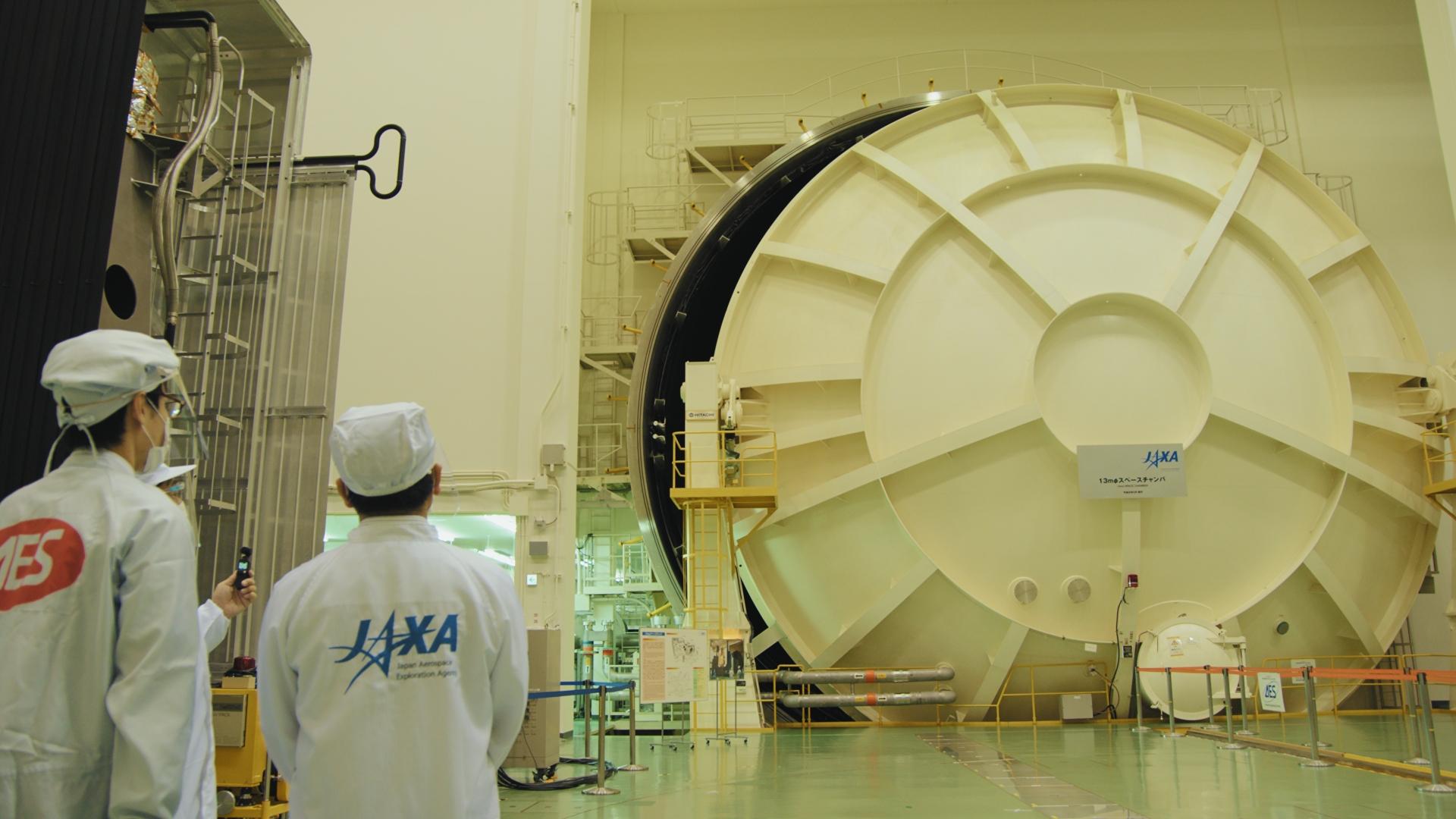
Toyota Times then embarks on a tour of the JAXA facility together with Wakata as his guide. As the tour prepares to start, Toyota Times dons a white coat embroidered with the JAXA logo and excitedly exclaims “I've become a member of JAXA!”
As he walks within the facility, Toyota Times finds a huge disk-shaped door in front of him. When the door is slid open sideways, a pitch-dark space is revealed behind it. This is called the Space Chamber, a room designed specifically to simulate the vacuum and cryogenic temperatures of outer space. It is here in this chamber that a low temperature environment of minus 170 degrees Celsius that matches conditions found on the surface of the Moon can be simulated.
The next room on the tour was the Shield Room. Outstanding features include innumerable pointy objects sticking out from the walls, ceiling and floor. The pointed objects are shaped this way to suppress the reflection of radio waves, and to simulate the vast environment of outer space where the radio waves emitted from the spacecraft do not return – after all there are no echoes in space.
Then, Wakata guided Toyota Times to the Mission Control Room. This is where JAXA is controlling the Japanese Experiment Module ”Kibo”, a part of the International Space Station (ISS). The ISS is in a state of zero gravity (more precisely, microgravity). Here, a spinning centrifuge creates an environment with one-sixth the gravitational pull of the Earth.
How vehicles move in one-sixth of the Earth’s gravity. The Moon is covered with sand known as regolith, and we are using the centrifugal accelerator in Kibo to recreate the conditions of climbing a slope consisting of this substance, which is unlike the soil or concrete on the Earth’s surface.
The curiosity of an engineer can save a project
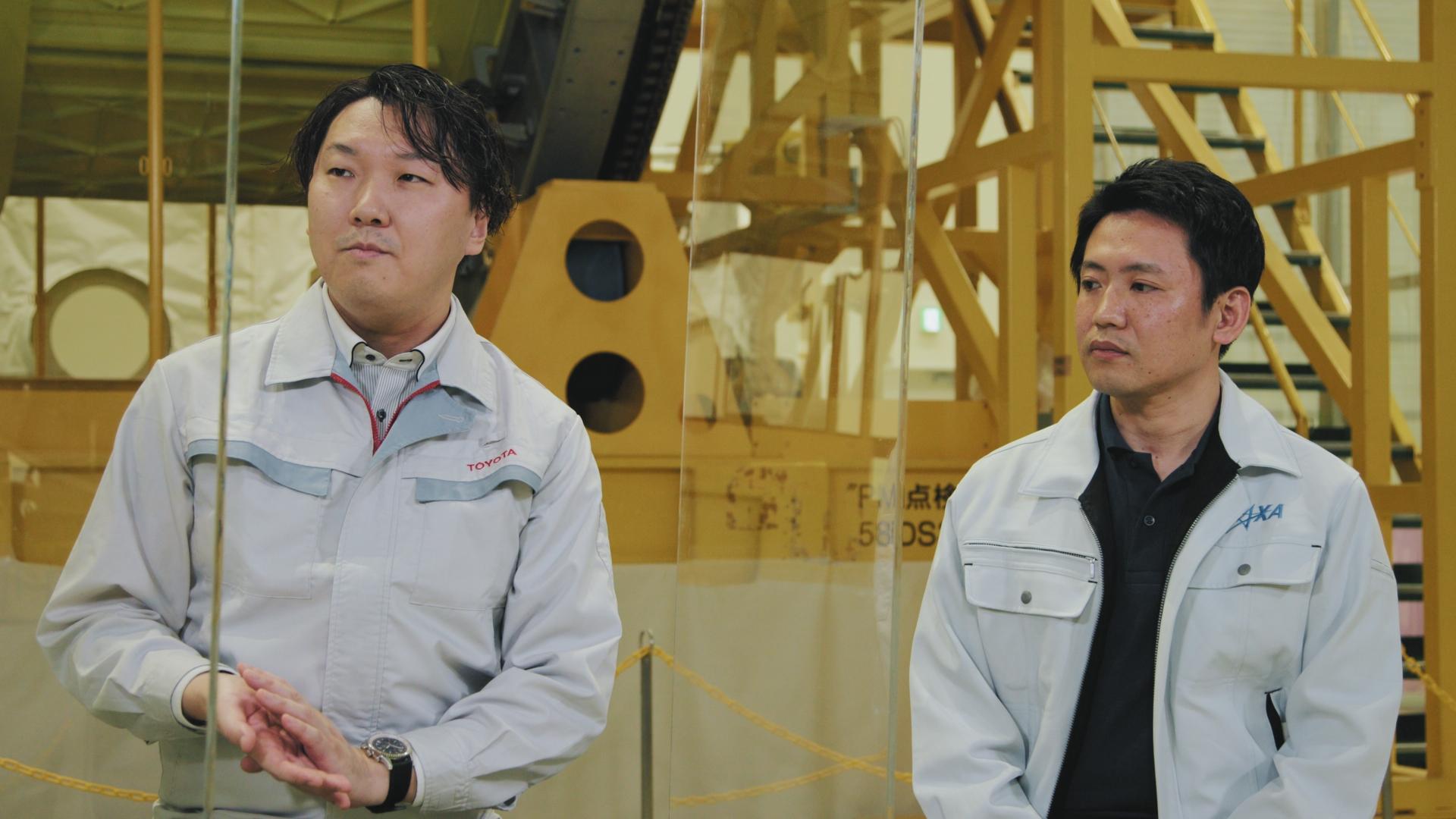
The collaborative work that led to the vehicle discussion between Toyota and JAXA was initiated by Mr. Yukito Ohmura, a lunar rover developer at Toyota Advanced Technology Development Company, and Mr. Kazuya Suenaga of the JAXA Space Exploration Center.
Ohmura’s interest in outer space was piqued by his participation in an internal working group at Toyota created to contemplate a vision of how the company should be in twenty or thirty years’ time. As represented by the Land Cruiser, Toyota has pioneered things never done before and built cars that inspire people's inquiring minds. When Toyota began to ponder what fields they would like to enter in the future, "Toyota x Space" sprang to his mind.
Meanwhile, Suenaga had always wanted to make Japan's Space Activities better by involving Toyota in the core of the space program. When Ohmura and Suenaga met, things seemed to be proceeding nicely, but then they hit some snags.
For example, within Toyota dissenting voices questioned the viability of it being a business. Ultimately, Suenaga and Ohmura were not given a chance to present the project due to the opposition, leading to it almost being discontinued. However, in the end, it was Shigeki Terashi, a director and executive officer of Toyota, who rescued the project.
The project actually hit a dead-end once.
Ohmura:
It was met with various reactions within the company, including questions about the business prospects, which we did consider as valid points.
Suenaga:
In the end, we weren’t given an opportunity to present it to the committee.
Ohmura:
Thankfully, my boss suggested that we should do it, and that’s when we realized how exciting it would be for ourselves, for Toyota, to do this. That became the motivation, the start, the trigger that gave us a firm belief. We then proposed it with Executive Vice President Terashi, who gave us the formal approval to start.
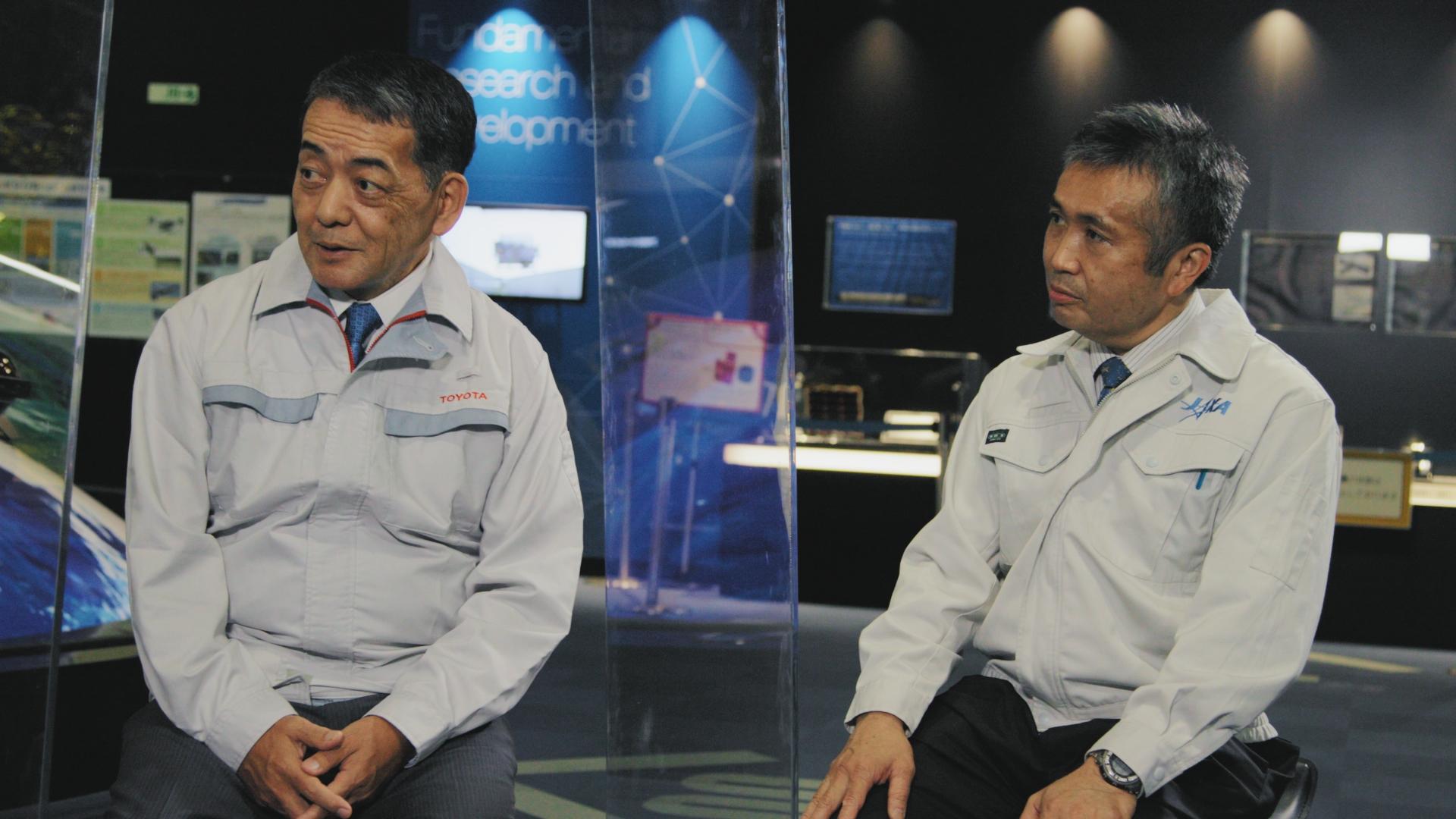
Toyota Times, in an interview with Terashi, asked why he ended up rescuing the project as well as attempting to learn his intentions and the significance of this project from his perspective.
Earlier, Mr. Suenaga and Mr. Ohmura mentioned their presentation, which was five minutes long, then 10 minutes for Q&A. They said that in the first three minutes, you told them, “Let’s do it”.
Terashi:
I think it comes down to an engineer’s curiosity. A fundamental part of engineering is the process of unraveling the unknown. When we talk about the surface of the Moon, we start from learning what we don’t know.
This process is normally not part of our work, so initially, there was that feeling of wanting to try something new. I just thought that I wanted to have a go at it.
How can Japan compete?
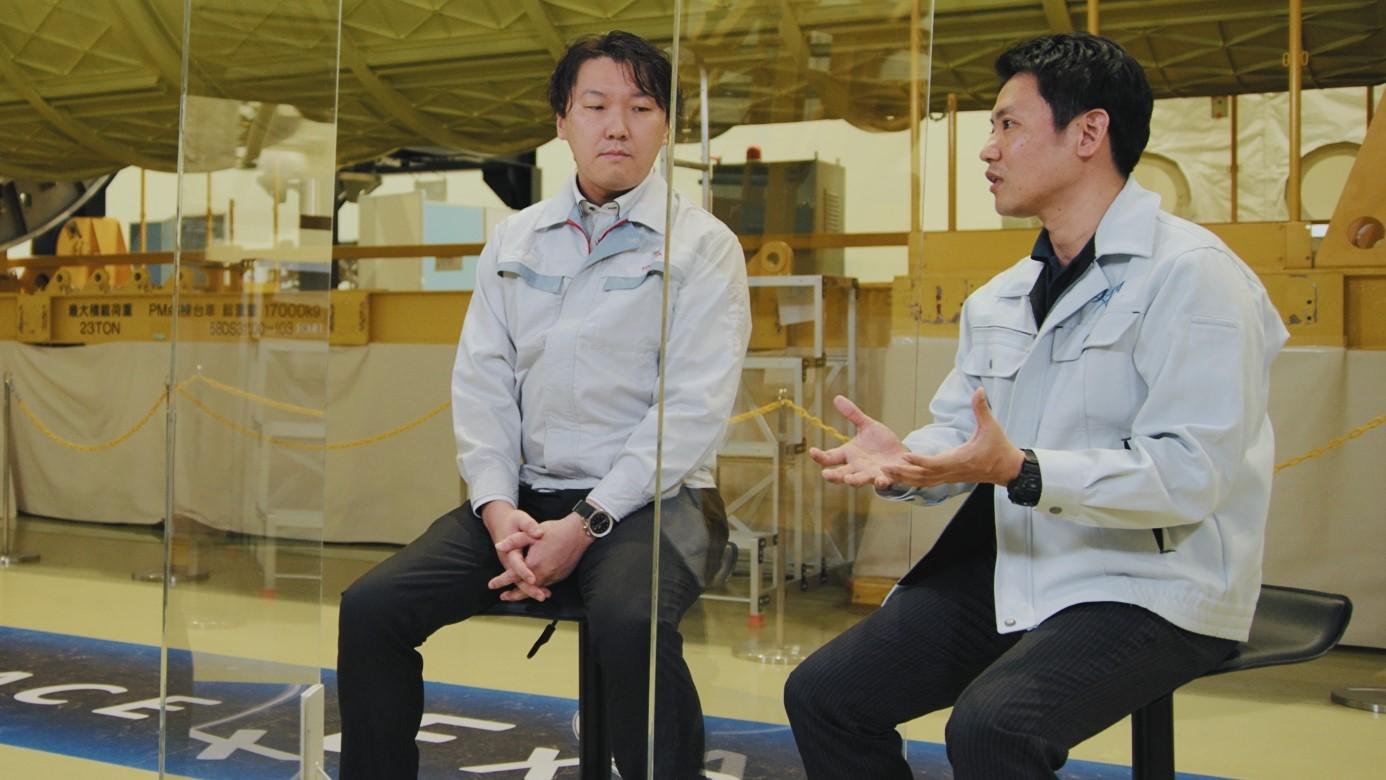
Of all the potential projects and ideas, Toyota Times wanted to know why the lunar rover was chosen as the project theme. To find out, he asked Suenaga. Suenaga explained how currently humankind is trying to expand their sphere of activity from a low earth orbit, the portion of space where you can find satellites and even the International Space Station, to the Moon and Mars. Furthermore, a major plan to build a base on the Moon starting in the 2030s has also been kicked off under an international cooperation system.
So one very important focal point for JAXA and others was to figure out what Japan might be able to do to contribute.
At the moment, human beings are trying to expand their sphere of activity from Earth’s low orbit to the Moon or Mars. The grand plan of establishing a foothold on the lunar surface in the 2030s is something a single country cannot do alone, so we are trying to accomplish it through international collaboration.This international collaboration also brings with it competition. In short, people want their own countries to take on the most important elements or components. So, thinking about what Japan should do and what we have to offer in technology, we would like to use Japan’s strengths to contribute to both the mission and the progress of the human race, incorporating them into the pressurized crew rovers. Our developments in the rovers is our national pride.
→(To be continued in Part 2)

